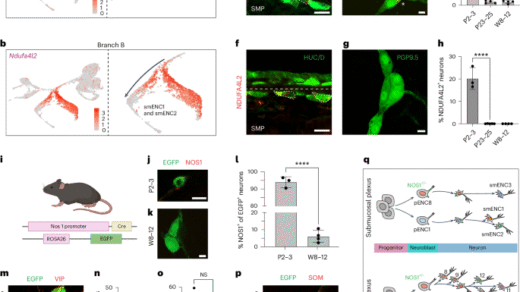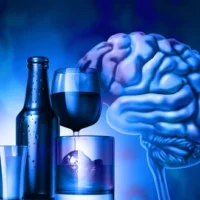Your brain is one of the most important part of the human present inside your skull, and it’s home to billions of neurons.
Another way to put it would be as your body’s ‘mission control’. You, your body and brain, change beyond recognition as you travel through life. Within your head, this complex organ continues in a state of development, starting long before your birth, and even long after you are declared dead. That’s how the life cycle of your brain goes.
Your brain starts to develop roughly two weeks after conception. The cells on one side of the early embryo thicken to become the neural plate. It folds inward into a tube by week four, which will eventually form part of the nervous system. Every minute that passes after the neural tube closes, your brain grows hundreds of neurons. At birth, your baby’s brain will have around 100 billion neurons, more than your brain will have when you’re an adult, so babies have the potential for the best brain development. The extra neurons are eliminated by adulthood, but what you do not have at birth are many synapses-the points where electrical signals pass between neurons.
Some neurons are myelinated, meaning they are covered with a fatty insulating substance, allowing information to travel faster between brain regions and enabling more complicated operations. At birth, the average neuron contains 2,500 synapses, which increase to about 15,000 synapses per neuron during the first few years of life as neurons mature and generate new synapses. It is this rapid development of synapses that might explain why children can learn a foreign language so quickly or become accomplished musicians. It might also explain why experiences during early childhood can have such a lasting effect on development.
Between ages of three and ten, your brain eliminates unwanted interconnections. Scientists have now learned that synapses can be strengthened or weakened based upon use, a concept called neuroplasticity that allows your brain to absorb new information efficiently. By adolescence, your brain has stopped growing but is still developing. All the insulation on your neurons begins at birth and continues for years, migrating from the back of the brain forward. Such a development, mainly between the reward and the rationality centers, could be the cause of teenagers’ unstable emotional shifts, high-risk behaviors, and susceptibility to addiction.
After puberty, your brain’s infrastructure continues to connect emotional and motor centers. By age 30, your brain is fully formed and at its biggest volume around age 40. Yet, ageing isn’t all bad news either. Researchers have shown that older adults use both sides of the brain in completing short term memory tasks, compared to one side of the brain for younger people. The amygdala, which interprets emotions, also responds with less intensity to negative imagery as people age possibly because experience breeds resilience.
Estrogen fluctuations during menopause impact energy expenditure in the brain, leading to hot flashes and changes in mood. White matter declines, yet does not recover. This other phenomenon is also fascinating: With menopause, structural connectivity between areas of the brain can actually be superior in women who have experienced menopause.
Typically, your brain starts to slow down starting from around age 30 until age 40 and will continue speeding up during the 60s and 70s. The cerebral cortex ages, especially in areas such as the frontal lobe and hippocampus, which leads to impairments in memory, emotional response, and navigating space. There is also shrinkage in white matter, and chemical production decreases, such as dopamine and serotonin, which tends to accelerate the processing of cognition.Recent studies have indicated that the activity in the brain could be present for some minutes following the individual’s death. One case in point is where doctors recorded waves in the brain of a patient who died due to a heart attack and observed alterations in brainwaves indicating the retrieval of memory; interpretation in this context being that perhaps the brain recalls critical moments of an individual’s life just few minutes before death.














